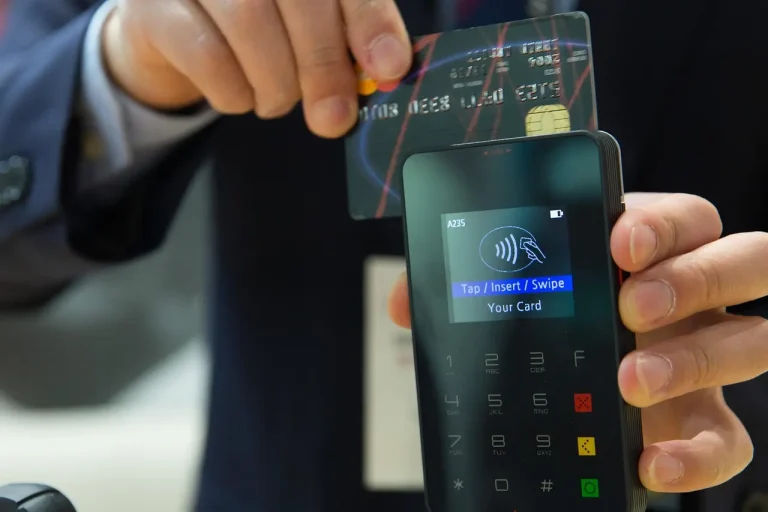Why your bank might be losing your trust (and how they can win it back)
We all have certain encounters with banks where they aren’t exactly known for their warm and fuzzy relationships with customers. A recent study by Forrester Research revealed a troubling trend – in major Asian financial hubs like Hong Kong and Singapore, less than 30% of customers have high trust in their banks. It’s astonishing, right?

This stat is particularly concerning because, as the study highlights, customers who feel valued are more likely to spend more on the bank’s products. So, what’s causing this empathy deficit, and how can banks bridge the gap?
The trust equation
The study points to a lack of empathy as a major culprit. Empathy, in this context, means understanding your customers’ situations and responding accordingly. This could be anything from offering flexible repayment options during financial hardship to explaining complex financial products clearly.
Nonetheless, the Forrester study breaks down trust into seven pillars:
- Accountability: Do banks take responsibility for mistakes and fix them promptly?
- Competence: Do their employees have the knowledge and skills to answer your questions and solve your problems?
- Consistency: Do they deliver on their promises and maintain a consistent level of service?
- Dependability: Can you rely on banking support when needed through convenient branch hours or reliable online banking?
- Integrity: Do they act in your best interests and avoid hidden fees or misleading practices?
- Transparency: Do bank employees communicate clearly and openly about all aspects of your financial products and services?
- Empathy: Do they understand your unique needs and challenges and tailor their approach accordingly?
This last factor is crucial because it goes beyond simply providing a service. It’s about understanding your customer’s needs, concerns, and financial situation.
Think about it this way: When you walk into a bank needing a loan or financial advice, do you feel like you’re talking to someone who genuinely wants to help or is simply pushing products?
Building emotional connections
The truth is that customers are looking for a human touch in an increasingly digital world. A Salesforce study shows that 80% of customers are likelier to do business with a company that provides personalized experiences. Banks must move beyond a one-size-fits-all approach and tailor their interactions to each customer’s unique needs.
Here are a few ways banks can cultivate empathy and rebuild trust:
- Train staff on active listening and emotional intelligence to help your employees understand customer anxieties and frustrations.
- Offer personalized financial guidance that goes beyond generic product pitches and provides tailored advice based on individual circumstances.
- Utilizing technology for good, such as Chatbots and AI assistants, can be helpful tools, but they shouldn’t replace human interaction. Ensure there’s always an option to speak with a real person.
- Be transparent about fees and terms. Don’t bury the fine print – be upfront and clear about costs and potential risks.
- Demonstrate a commitment to social responsibility to show customers that you care about the community and are invested in making a positive impact.
Regaining customer trust takes time and effort. However, by prioritizing empathy and building genuine connections, banks can position themselves for long-term success in today’s competitive financial landscape. Happy and trusting customers are loyal customers, and that’s a recipe for sustainable growth.






